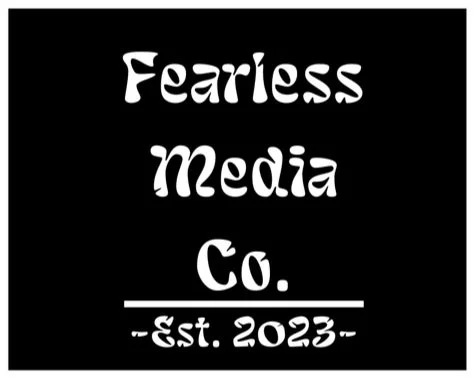iPad Pro 12.9” for Photographers: The Ultimate Mobile Editing Companion
If you’re a photographer on the move, carrying a heavy laptop everywhere can slow you down. That’s where the iPad Pro 12.9” comes in—a lightweight yet powerful tablet that can double as a mobile editing setup for photography. With its stunning display, Apple Pencil support, and cellular connectivity, the iPad Pro has quickly become one of the best tablets for photographers who want to edit, design, and share work from anywhere.
But can the iPad Pro really replace a MacBook or desktop for serious editing? Let’s explore the pros, cons, and best tipsfor using the iPad Pro as a photographer’s mobile workstation.
Why the iPad Pro 12.9” is Great for Photography
1. Portability for Travel Photographers
The iPad Pro 12.9 weighs less than most laptops, making it perfect for travel, street, or landscape photographers who need a lightweight editing device. It slips into your camera bag without taking up much space, yet still offers a large, bright Liquid Retina XDR display—ideal for reviewing photos on location.
2. Cellular Connectivity for On-the-Go Editing
Choosing the cellular version means you’re not tied to WiFi. With mobile data, you can upload RAW files, sync to Adobe Creative Cloud, or send finished galleries to clients directly from the field. This is especially useful for travel and event photographers who need to share images quickly.
3. Apple Pencil for Precise Photo Editing
When paired with the Apple Pencil, the iPad Pro becomes a powerful photo editing tool. Apps like Lightroom for iPad, Affinity Photo, and Pixelmator Pro allow for precise retouching, masking, and local adjustments. Touch and Pencil editing often feels more natural than using a trackpad or mouse.
4. Long Battery Life for Full-Day Shoots
With up to 10 hours of use, the iPad Pro easily lasts through a day of editing, tethering, and sharing—something many laptops struggle with under heavy workloads.
Downsides: iPad Pro vs MacBook for Photo Editing
While the iPad Pro is excellent in many ways, it still has limitations compared to a laptop or desktop. Here are the biggest drawbacks photographers should consider:
1. Limited Editing Apps vs Desktop Software
Adobe Lightroom and Photoshop for iPad are powerful but not as feature-rich as their desktop counterparts. Advanced tools like full multi-layer editing, batch processing, or third-party plugins are missing. For professional retouchers, this can be a dealbreaker.
2. File Management on iPadOS
Although iPadOS has improved, it’s still not as flexible as macOS Finder. Working with large external drives, sorting hundreds of RAW files, or managing deep folder structures can feel slower and less intuitive.
3. Extra Accessories Add Up
To get a laptop-like experience, most photographers add a Magic Keyboard, Apple Pencil, external storage, and SD card reader. While useful, this makes the iPad Pro setup more expensive—sometimes rivaling a MacBook Air or MacBook Pro.
4. Not Ideal for Heavy Workloads
For multi-layer composites, 4K video editing, or commercial-scale retouching, the iPad Pro can struggle compared to a Mac. It’s better suited as a portable companion device rather than a full desktop replacement.
Pro Tips for a Better iPad Pro Photography Workflow
To get the most out of your iPad Pro as a photographer:
Use Cloud Storage: Adobe Creative Cloud, iCloud, or Dropbox make file transfers between iPad and desktop seamless.
Go Cellular: A cellular model lets you share and upload from anywhere—no WiFi required.
Try Affinity Photo: This app offers nearly full desktop-level Photoshop features on iPad, and is often more powerful than Adobe’s iPad apps.
Pair with Accessories: The Apple Pencil is essential for editing precision, while the Magic Keyboard makes writing captions, emails, and blog posts easier.
Keep a Dual-Device Workflow: Think of the iPad Pro as your field editor for quick culling and editing, while your Mac handles heavy post-production.
Final Verdict: iPad Pro for Photographers
The iPad Pro 12.9” isn’t a full MacBook replacement—but it doesn’t need to be. For photographers, it’s a perfect mobile companion that shines in portability, editing precision, battery life, and always-connected cellular options.
Use the iPad Pro for travel photography, on-location edits, client previews, and social media sharing, then move complex projects to your Mac for deeper editing.
In short: the Mac is your studio hub, but the iPad Pro is your field toolkit. Together, they create the ultimate photography workflow for 2025.
